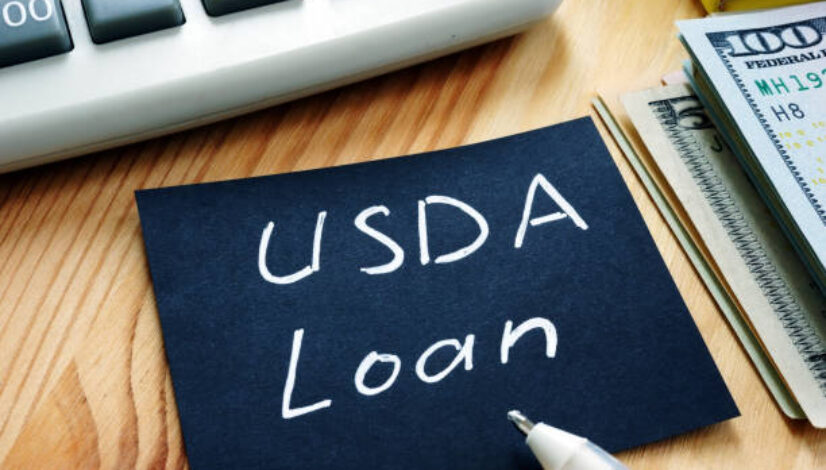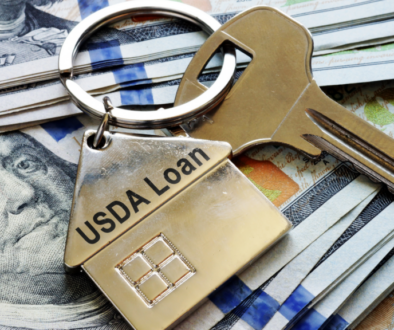Everything You Need to Know About USDA Loans
USDA Loans: A Comprehensive Overview
Are you dreaming of owning a home in a rural or suburban area but worried about financing? USDA loans might be the solution you’re looking for. As a prospective homebuyer, understanding the ins and outs of different loan options is crucial. In this comprehensive guide, we’ll delve into everything you need to know about USDA loans, from eligibility requirements to the application process and benefits.
What are USDA Loans? USDA loans, also known as Rural Development loans, are backed by the U.S. Department of Agriculture and designed to help low to moderate-income individuals or families purchase homes in eligible rural and suburban areas. These loans offer favorable terms, including low or no down payment options, competitive interest rates, and flexible credit requirements.
Eligibility Requirements To qualify for a USDA loan, certain eligibility criteria must be met:
Location: The property must be located in an eligible rural or suburban area as designated by the USDA. These areas are typically defined as towns with populations of fewer than 35,000 residents.
Income Limits: Applicants must meet income limits based on their location and household size. These limits vary by region and are set to ensure the program serves those with low to moderate incomes.
Creditworthiness: While USDA loans have more lenient credit requirements compared to conventional loans, applicants must demonstrate a reasonable credit history and repayment ability.
Occupancy: The property financed with a USDA loan must be used as the borrower’s primary residence.
Benefits of USDA Loans USDA loans offer several advantages for eligible homebuyers:
No Down Payment: One of the most significant benefits of USDA loans is the option for eligible borrowers to finance 100% of the home’s purchase price, eliminating the need for a down payment.
Low Interest Rates: USDA loans typically feature competitive interest rates, helping borrowers save on long-term interest costs.
Flexible Credit Requirements: While a good credit history is important, USDA loans may be accessible to individuals with less-than-perfect credit or limited credit history.
Affordable Mortgage Insurance: USDA loans include a guarantee fee and annual mortgage insurance premium, often lower than those of conventional loans, making homeownership more affordable.
Application Process The process of obtaining a USDA loan involves several steps:
Prequalification: Begin by contacting a USDA-approved lender to determine your eligibility and discuss loan options. Prequalification helps you understand how much you can afford and demonstrates your readiness to buy.
Documentation: Gather necessary documents, including proof of income, assets, employment history, and identification, to support your loan application.
Loan Application: Complete the USDA loan application provided by your lender. Be prepared to provide detailed information about your finances, employment, and the property you intend to purchase.
Underwriting and Approval: Once your application is submitted, the lender will review your information and verify your eligibility. This process may involve a credit check, appraisal of the property, and assessment of your financial capacity.
Closing: If your loan application is approved, you’ll attend a closing meeting to sign the necessary paperwork and finalize the purchase of your home.
Conclusion USDA loans offer a valuable opportunity for individuals and families to achieve homeownership in rural and suburban areas. By understanding the eligibility requirements, benefits, and application process, you can make informed decisions and take advantage of this affordable loan option. If you’re considering buying a home in an eligible area, explore USDA loans as a viable path towards making your homeownership dreams a reality.



